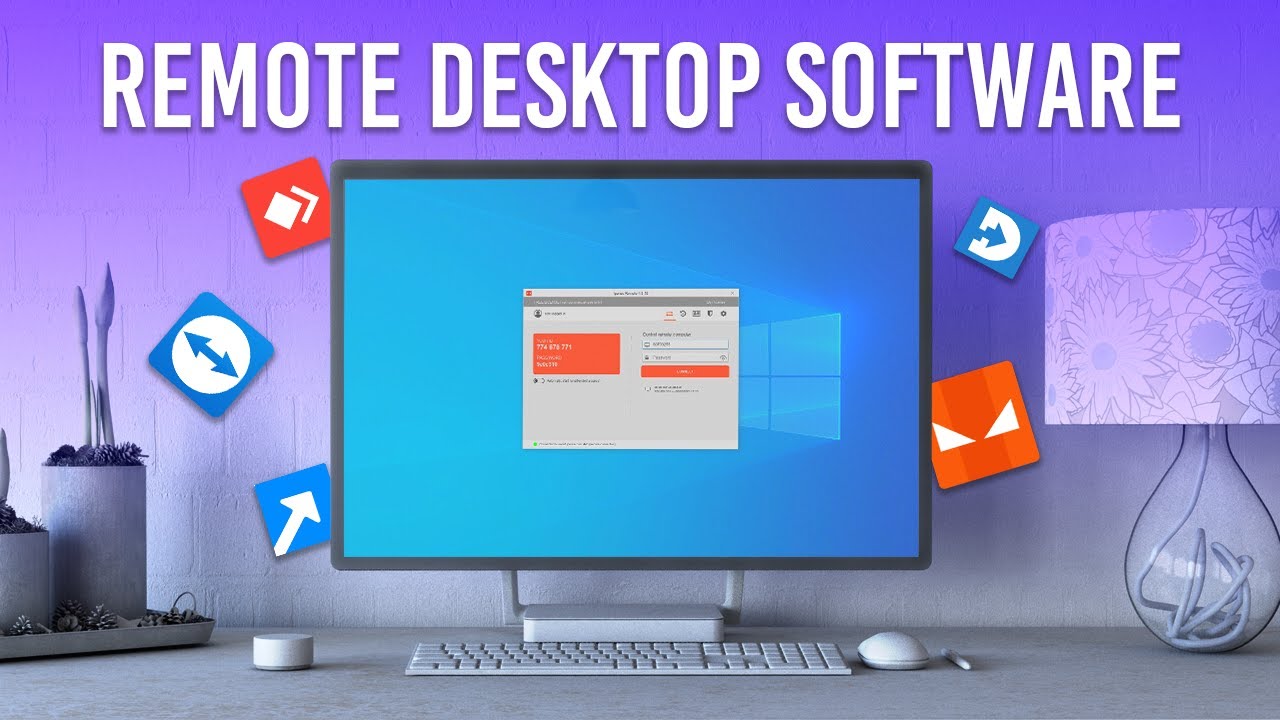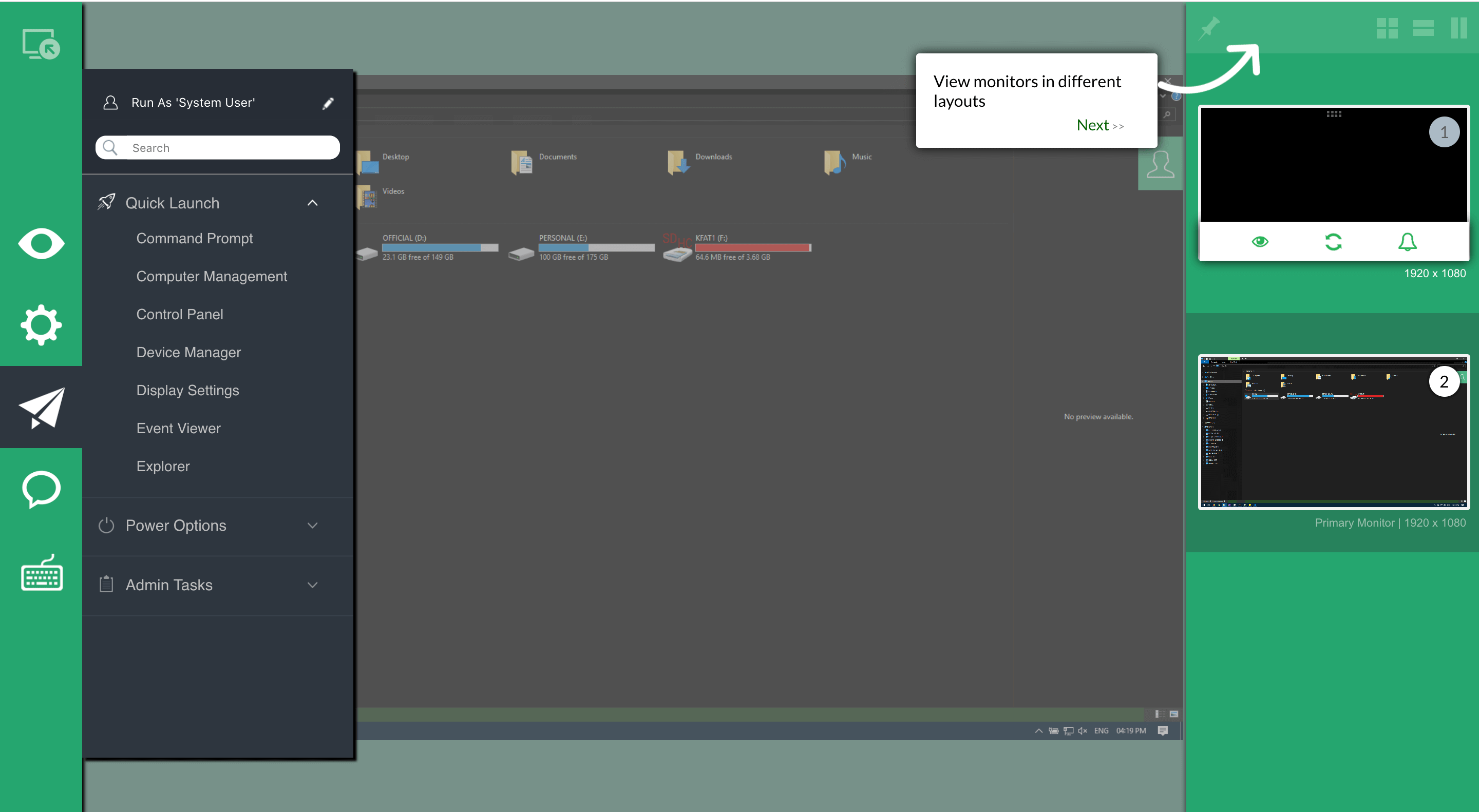Mastering RPI Remote Access Software: The Ultimate Guide
Imagine this: You're chilling at home with a cup of coffee, and suddenly, you need to access your Raspberry Pi (RPI) setup that's miles away. What do you do? Panic? Nope! You whip out your RPI remote access software and get the job done like a pro. In today's digital age, being able to access your RPI remotely is not just a luxury—it's a necessity. Whether you're managing servers, running IoT projects, or simply tinkering with code, having reliable remote access software is game-changing.
But hold up—there's more to it than just downloading some app. Choosing the right RPI remote access software can be overwhelming, especially if you're new to the game. That's where we come in. This guide is packed with everything you need to know about RPI remote access software, from the basics to advanced tips. We'll break it down step by step so you can make an informed decision and get your hands dirty without breaking a sweat.
So, buckle up and grab your favorite snack because we're diving deep into the world of RPI remote access software. By the end of this article, you'll be a pro at setting up, troubleshooting, and optimizing your remote connections. Let's get started!
Read also:Hd4u Your Ultimate Guide To Highdefinition Entertainment
Table of Contents:
- What is RPI Remote Access Software?
- Choosing the Right RPI Remote Access Software
- Popular RPI Remote Access Software Options
- Step-by-Step Setup Guide
- Security Tips for RPI Remote Access
- Common Issues and How to Fix Them
- Optimizing Performance
- Real-World Use Cases
- Comparison Chart of RPI Remote Access Software
- Conclusion: Take Your RPI Remote Access Game to the Next Level
What is RPI Remote Access Software?
Alright, let's start with the basics. RPI remote access software is essentially a tool that lets you control your Raspberry Pi from another device, no matter where you are. Think of it like a magic wand that gives you access to your RPI's desktop, files, and applications without physically being there. Cool, right?
This kind of software uses protocols like SSH (Secure Shell), VNC (Virtual Network Computing), or RDP (Remote Desktop Protocol) to establish a secure connection between your devices. Whether you're troubleshooting a project or monitoring your home automation system, RPI remote access software makes it all possible.
Why Do You Need RPI Remote Access Software?
Here's the deal: If you're working on projects that require constant monitoring or updates, having remote access is a lifesaver. Imagine being able to fix a bug or check system logs without leaving your couch. Plus, if you're managing multiple RPI setups, remote access software streamlines the process and saves you tons of time.
Choosing the Right RPI Remote Access Software
Now that you know what RPI remote access software is, the next question is: How do you pick the right one? There are tons of options out there, each with its own strengths and weaknesses. Here are some factors to consider when making your decision:
- Compatibility: Make sure the software works seamlessly with your operating system and devices.
- Security Features: Look for options that offer robust encryption and authentication methods to protect your data.
- Ease of Use: Some software is more user-friendly than others, especially if you're new to remote access.
- Performance: Consider how fast and reliable the connection is, especially if you're dealing with large files or complex tasks.
Remember, the best RPI remote access software for you depends on your specific needs and use case. Don't be afraid to try a few options before settling on one.
Read also:Corinna Slusser Update 2025 A Deep Dive Into Her Life Fame And Everything Inbetween
Popular RPI Remote Access Software Options
Let's talk about some of the most popular RPI remote access software out there. Each one has its own unique features and benefits, so it's worth exploring them to see which one fits your workflow best.
1. SSH (Secure Shell)
SSH is like the OG of remote access. It's a command-line protocol that lets you securely connect to your RPI and run commands from anywhere. While it might not be as flashy as some of the newer options, SSH is reliable, secure, and widely supported.
2. VNC (Virtual Network Computing)
VNC gives you full control over your RPI's desktop environment, allowing you to interact with it just like you would if you were sitting in front of it. This is great if you need to work with graphical interfaces or run applications that require a GUI.
3. TeamViewer
TeamViewer is a commercial remote access solution that's super easy to set up and use. It offers both free and paid versions, with features like file transfer, screen sharing, and multi-user access. If you're looking for a user-friendly option, TeamViewer might be the way to go.
4. NoMachine
NoMachine is another popular choice for RPI remote access. It boasts high performance and low latency, making it ideal for tasks that require fast and responsive connections. Plus, it's free for personal use, which is always a plus.
Step-by-Step Setup Guide
Ready to get your hands dirty? Here's a step-by-step guide to setting up RPI remote access software. We'll focus on SSH and VNC since they're two of the most commonly used options.
Setting Up SSH
First things first, make sure SSH is enabled on your RPI. You can do this by running the following command in the terminal:
sudo raspi-config
From there, navigate to "Interfacing Options" and enable SSH. Once that's done, you can connect to your RPI using an SSH client like PuTTY or directly from the terminal on your computer.
Setting Up VNC
Setting up VNC is just as easy. Start by installing the VNC server on your RPI:
sudo apt-get install realvnc-vnc-server realvnc-vnc-viewer
Then, enable VNC through the Raspberry Pi Configuration tool. Once that's done, download the VNC Viewer app on your device and connect to your RPI using its IP address.
Security Tips for RPI Remote Access
Security is a big deal when it comes to remote access. Here are some tips to keep your RPI safe while using remote access software:
- Use Strong Passwords: Avoid using weak or default passwords. Instead, opt for something complex and unique.
- Enable Two-Factor Authentication: If your software supports it, enable two-factor authentication for an extra layer of security.
- Limit Access: Restrict access to only the devices and users that need it.
- Keep Software Updated: Regularly update your RPI and remote access software to patch any security vulnerabilities.
By following these tips, you can minimize the risk of unauthorized access and protect your data.
Common Issues and How to Fix Them
Even the best-laid plans can go awry sometimes. Here are some common issues you might encounter when using RPI remote access software and how to fix them:
- Connection Refused: Double-check your IP address and make sure SSH or VNC is enabled on your RPI.
- Slow Connection: Try optimizing your network settings or switching to a more efficient protocol like SSH.
- Authentication Failed: Make sure you're using the correct username and password. If you're still having issues, try resetting your credentials.
Remember, troubleshooting is all about persistence and patience. Don't give up if something doesn't work right away—keep experimenting until you find a solution.
Optimizing Performance
Performance is key when it comes to RPI remote access. Here are some tips to help you optimize your connection:
- Compress Data: Enable data compression in your remote access software to reduce bandwidth usage.
- Adjust Resolution: Lowering the screen resolution can improve performance, especially if you're working over a slow connection.
- Limit Background Processes: Close unnecessary applications and processes on your RPI to free up resources.
By tweaking these settings, you can ensure a smooth and efficient remote access experience.
Real-World Use Cases
Now that you know how to set up and optimize your RPI remote access software, let's talk about some real-world use cases:
- Home Automation: Use your RPI to control smart home devices from anywhere in the world.
- Server Management: Remotely manage and monitor your web or file servers without needing physical access.
- IoT Projects: Develop and test IoT applications from the comfort of your home.
The possibilities are endless when it comes to RPI remote access. Get creative and see what you can achieve!
Comparison Chart of RPI Remote Access Software
Here's a quick comparison chart to help you decide which RPI remote access software is right for you:
| Software | Protocol | Features | Price |
|---|---|---|---|
| SSH | SSH | Command-line access, secure connections | Free |
| VNC | VNC | Graphical desktop access, file transfer | Free |
| TeamViewer | RDP, VNC | Screen sharing, multi-user access | Free for personal use |
| NoMachine | NX | High performance, low latency | Free for personal use |
Conclusion: Take Your RPI Remote Access Game to the Next Level
And there you have it—everything you need to know about RPI remote access software. Whether you're a seasoned pro or a complete newbie, this guide has got you covered. From choosing the right software to optimizing performance, we've broken it all down so you can focus on what matters most: getting things done.
So, what are you waiting for? Dive in, experiment, and take your RPI remote access game to the next level. And don't forget to share your experiences and tips in the comments below. Happy tinkering, and see you on the digital frontier!

